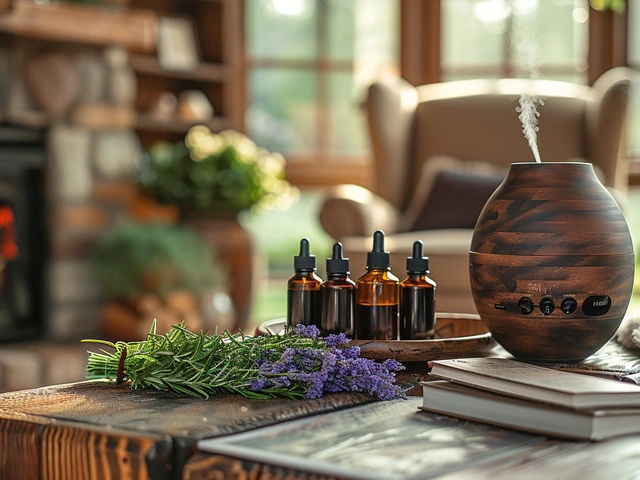Future Trends in Canine Wellness
Dog care is changing fast. Owners now use tech, tailored nutrition, and hands-on therapies to keep dogs healthy longer. This page highlights trends worth watching and shows simple ways to try them at home. Expect smarter tracking, better diets, more massage and movement options, and tools that help calm stressed dogs.
Small changes make big differences. A vet-approved wearable can show activity, sleep, and heart rate so you know when a dog needs rest or vet attention. Watch for collars that track heart rate variability (HRV) to spot stress early. If a gadget shows unusual patterns, share the data with your vet before making changes.
Tech and data-driven care
Wearables, apps, and home biofeedback tools move from human clinics into dog care. They help you measure recovery after exercise, spot pain, and fine-tune training. Use activity reports to adjust walks and rest. Use simple biofeedback devices under a vet's guidance to monitor breathing and heart signs during anxious situations like storms or vet visits.
Telehealth keeps care fast and local. Video checks can catch problems before they worsen. Bring recorded data from wearables to tele-visits. That gives your vet a clearer picture without long waits. Pick tools with clear privacy policies and vet endorsements.
Hands-on and holistic therapies
Massage styles from sports and neuromuscular work well for active dogs. Regular, short sessions ease stiffness and speed recovery. Learn basic techniques from a certified canine massage therapist. Focus on gentle strokes, watch for discomfort, and stop if a dog pulls away.
Nutrition keeps evolving, too. Omega-3 fats, balanced proteins, and fiber for gut health are getting more attention. Try a vet-approved omega-3 supplement for joint and skin support. Swap one snack a day for a heart-healthy option like plain cooked pumpkin or a small portion of salmon.
Calmness tools matter. Simple breathing cues, slow walks, and short massage sessions help anxious dogs. Scent-based calming like vet-safe essential oil blends (used sparingly and only after vet approval) can help in carriers and crates. Creative approaches such as music or scent enrichment reduce stress during travel or grooming.
Finally, prevention wins. Regular movement, targeted massage, smart nutrition, and data from wearables catch issues early. Start small: add a two-minute massage after walks, track activity for a week, and talk with your vet about an omega-3 plan. These steps fit busy lives and pay off with a happier, healthier dog.
Also watch practical basics that pair well with new tools. Check weight monthly and record it. Clean teeth weekly or use vet-recommended dental chews to cut dental disease risk. Build a simple exercise plan that mixes walks, play, and short strength sessions tailored to age and breed. Add mental puzzles for ten minutes a day to cut boredom and stress. Find local pros who share data and offer short coaching sessions. Try one new trend at a time for four weeks and note changes. That helps you see what actually helps your dog and what to skip with confidence.

Exploring Mental Health Innovations: Key Trends Shaping Our Future
The mental health landscape is rapidly evolving, driven by technological innovations and a growing awareness of mental well-being. This article explores key future trends in mental health, such as the integration of AI in therapy and the rise of digital mental health tools. It discusses the importance of personalized treatment approaches and the impact of global accessibility to mental health resources. The piece aims to inform readers about upcoming changes and provide practical insights into navigating these shifts.

Fascia Stretching: Unlock Your Body's Full Potential
Apr, 18 2025

Harnessing Aromatherapy for Better Emotional Health
May, 23 2024


